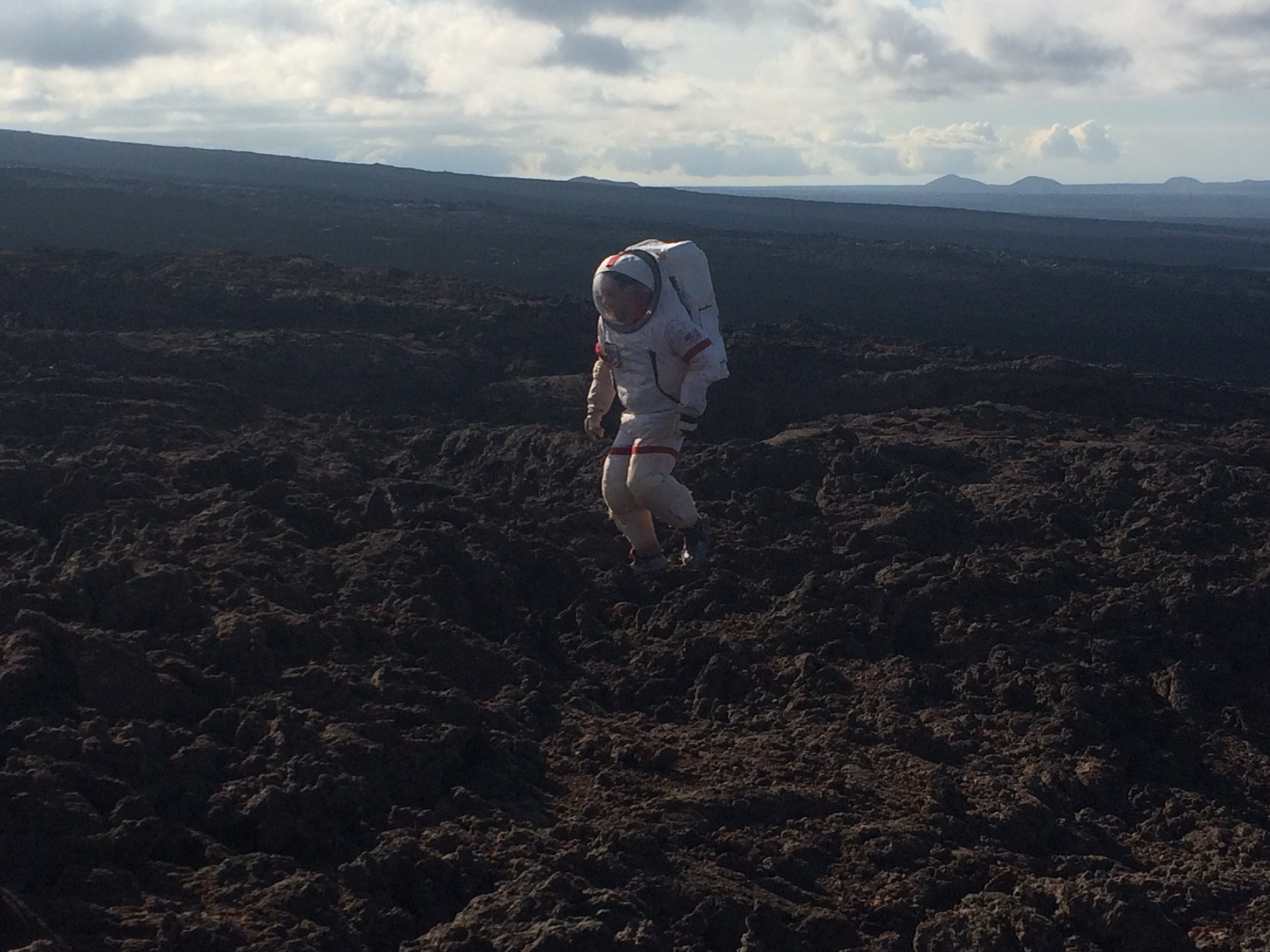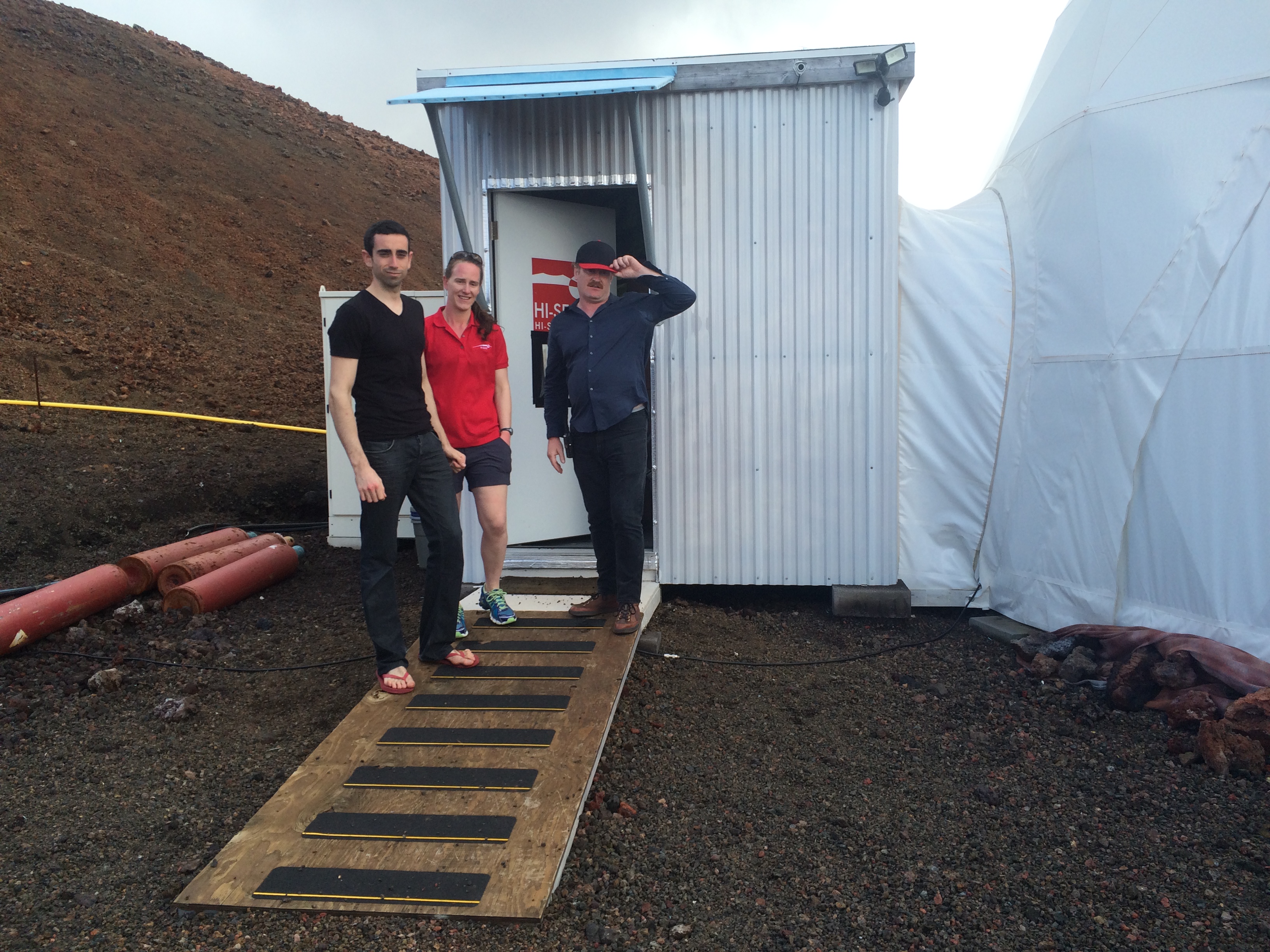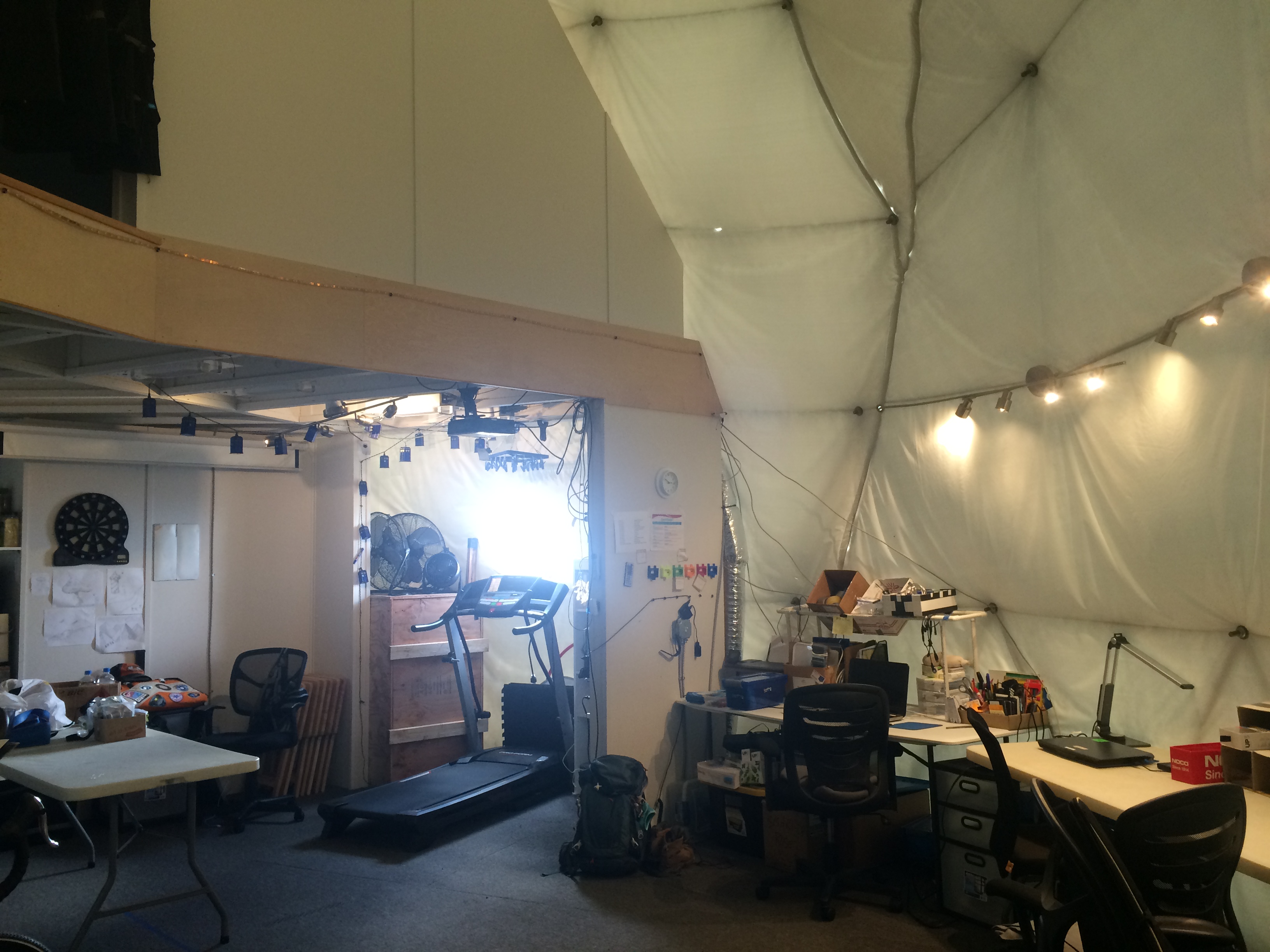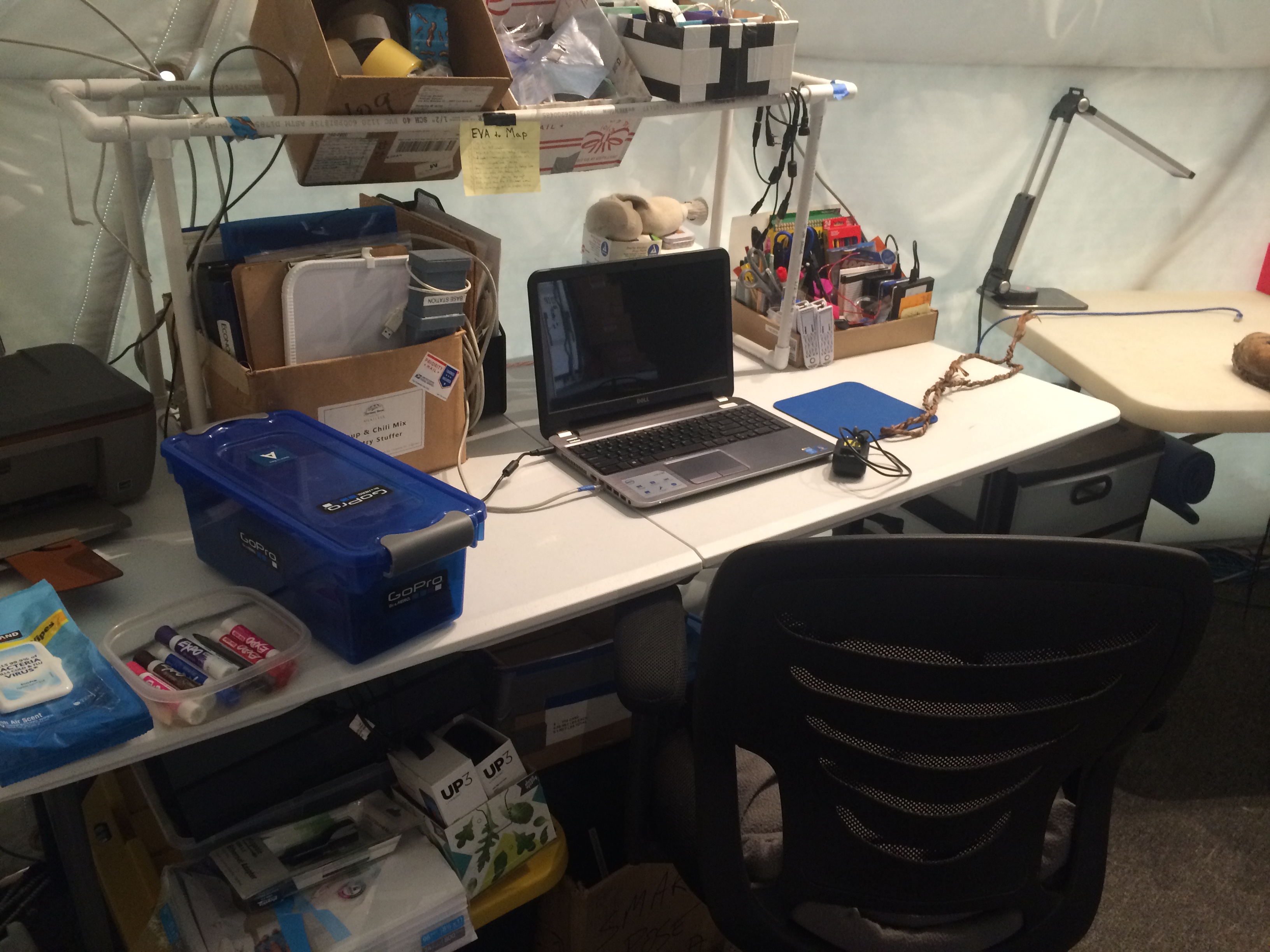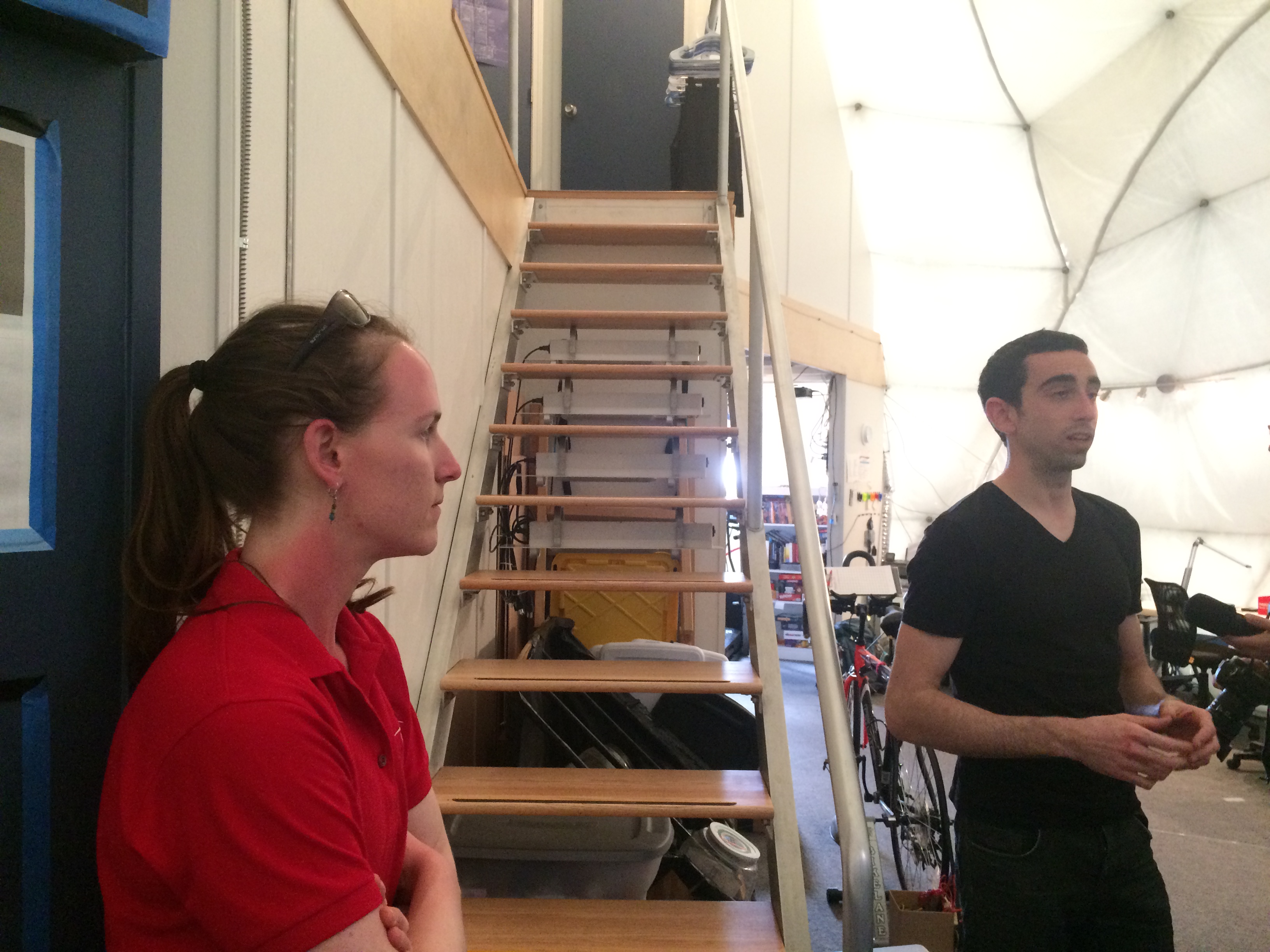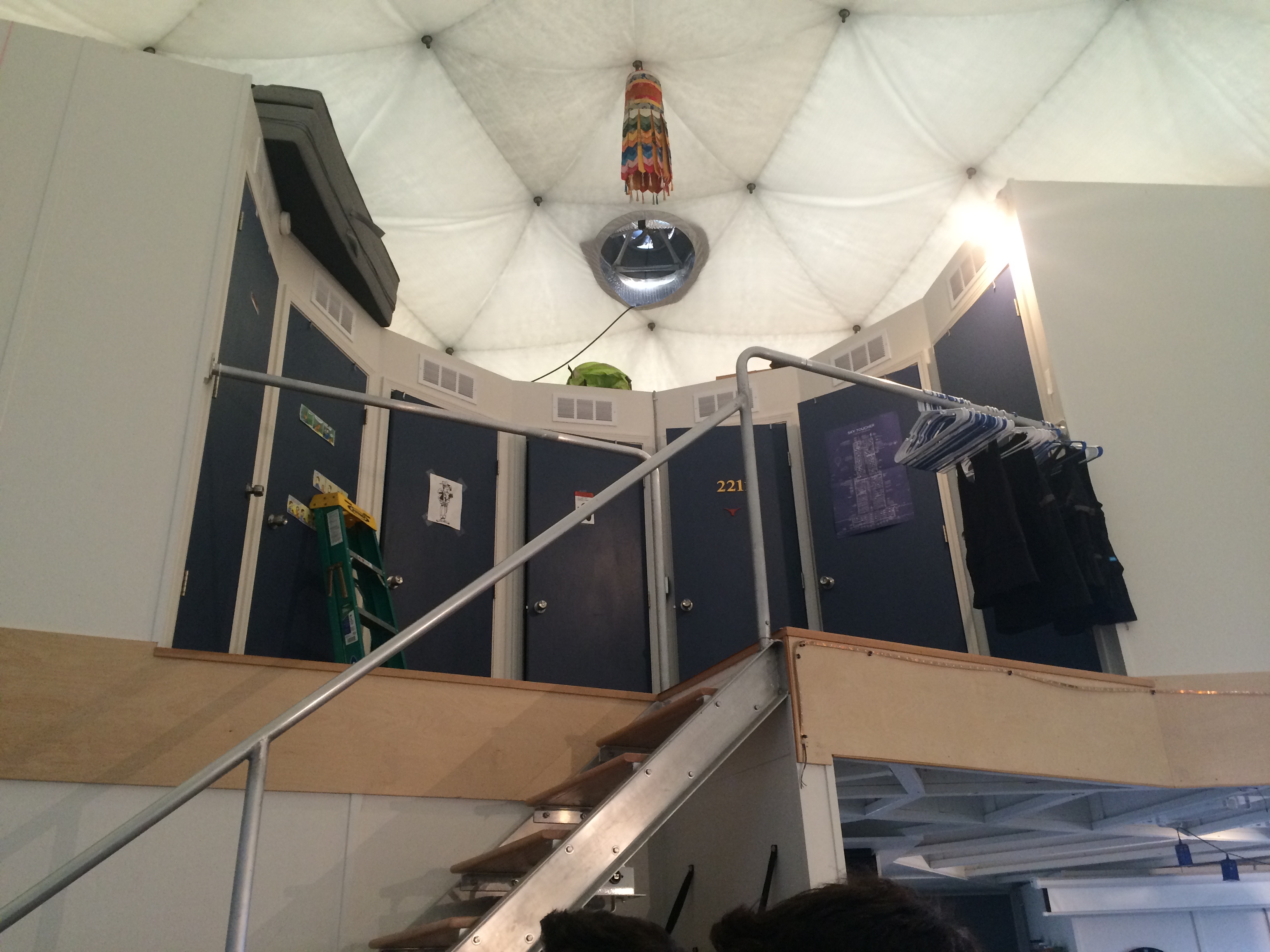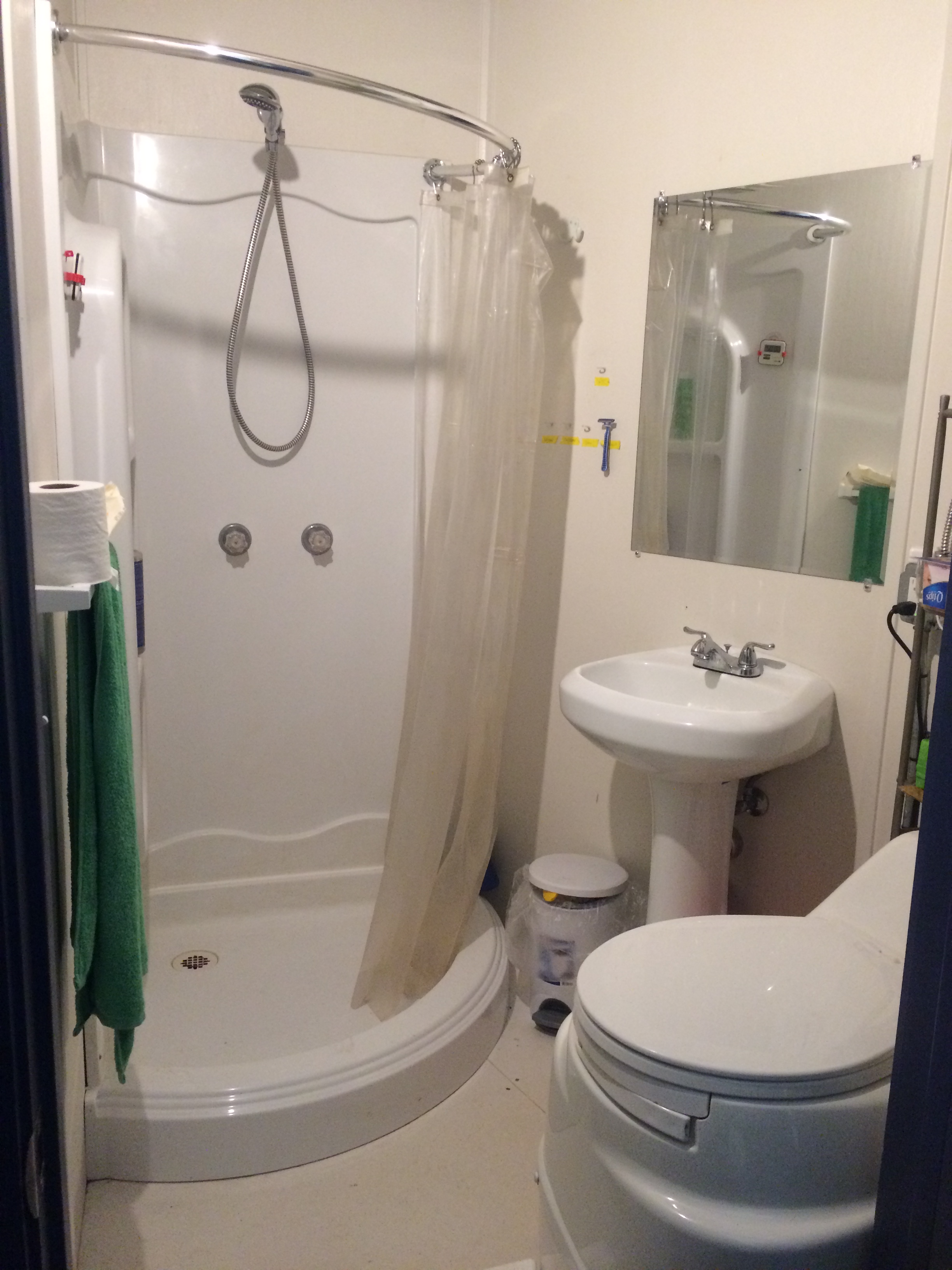Life on Mars: Inside The HI-SEAS Isolation Habitat (Gallery)
Mars Preparations
Space.com had the chance to visit the isolation habitat where six people lived for one year, largely cut off from the outside world. The HI-SEAS program (Hawaii Space Exploration Analog and Simulation) was established to study the effects of isolation and confinement on human beings, in preparation for sending humans to places like Mars. The HI-SEAS crewmembers lived together in the 1,200-square-foot (110 square meters) habitat; while they could communicate with the outside world via email (with a 20-minute delay), they had no physical contact with anyone else. They could exit the habitat only in spacesuits, and had to otherwise live like astronauts would on Mars.
The Dome
The domed habitat is located on Mauna Loa, on the island of Hawaii. The mountain slopes are covered in jagged volcanic rock and have almost no vegetation. Electricity for the habitat came from solar panels; water was delivered every six weeks, and supply missions came every few months.
Enter the Dome
We begin our tour at the door that is used to access "Mars." The door on the front of the hab was used only to travel to and from Earth — that is, at the very beginning of the mission and the very end. From left to right, Cyprien Verseux, crew biologist for the one-year mission; Carmel Johnston, crew commander; and Bryan Caldwell, project manager for HI-SEAS.
Open Space
The dome's main living area is an open-concept space, with a high ceiling extending all the way to the top of the dome. Shown here are desks, a treadmill and the edge of the kitchen.
Desk Space
One wall of the habitat features desks for every crewmember. However, Johnston said the crew realized they didn't like working with their backs to the rest of the habitat, so they frequently worked in different locations.
A Crew Tour
Johnston and Verseux show members of the media around inside.
Six Bedrooms
The dome has a loft area where the six bedrooms are located. This area is not closed off from the first floor and doesn't take up the entire width of the dome, so the main living area has a high, open ceiling.
Breaking space news, the latest updates on rocket launches, skywatching events and more!
Stationary Bike
The stationary bike served as one form of exercise, but could also be used to generate electricity, which was stored in back-up batteries.
Running to the Outside
The main form of exercise for many of the crewmembers was the treadmill. On low-electricity days (or just for a change in routine), crewmembers could use a stationary bike or a pull-up bar. Johnston said they would sometimes put on a backpack full of weights and "run up and down the stairs for an hour," which annoyed some of the other crewmembers.
A Good View
The view of Mauna Loa from the porthole just above the treadmill.
The Bathroom
The downstairs full bathroom. The toilets did not use water; instead, they were rotated using an electric motor that turned the human waste into compost. Johnston noted that on days when electricity was low, the crew would turn off every electronic device in the habitat, but always keep the toilet turned on. Otherwise, the smell became quite strong.

Calla Cofield joined Space.com's crew in October 2014. She enjoys writing about black holes, exploding stars, ripples in space-time, science in comic books, and all the mysteries of the cosmos. Prior to joining Space.com Calla worked as a freelance writer, with her work appearing in APS News, Symmetry magazine, Scientific American, Nature News, Physics World, and others. From 2010 to 2014 she was a producer for The Physics Central Podcast. Previously, Calla worked at the American Museum of Natural History in New York City (hands down the best office building ever) and SLAC National Accelerator Laboratory in California. Calla studied physics at the University of Massachusetts, Amherst and is originally from Sandy, Utah. In 2018, Calla left Space.com to join NASA's Jet Propulsion Laboratory media team where she oversees astronomy, physics, exoplanets and the Cold Atom Lab mission. She has been underground at three of the largest particle accelerators in the world and would really like to know what the heck dark matter is. Contact Calla via: E-Mail – Twitter
